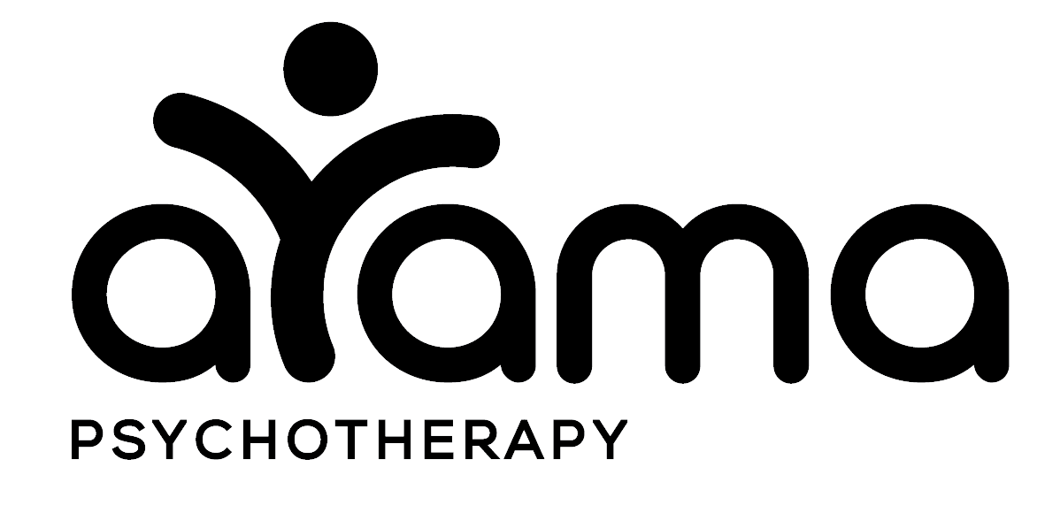So, my start in sleep work isn't a glamourous start, but isn't that how lots of good endings start? As a psychologist in PA, we must complete a certain number of hours of education in order to renew our licenses. One year, having waited a little to the last minute to complete my hours, I was in need of a good number of hours of credits all at once, and the course that fit into my schedule was the one on sleep! I chuckle when I think of this. I had no idea that this was the start of a great new path for me.
What I learned and really opened my eyes from that first course on sleep was that sleep problems are rampant, and disconcertingly, there is a very well-documented body of research that repeatedly shows high rates of effectiveness for treating insomnia without medication that few people use or know to use.
I am a perfect example of someone who was missing important pieces of information about sleep, despite being involved in mind-body approaches since early adulthood and having a Ph.D. in clinical psychology.
When I reflect on how sleep played a role in my own life, I wish that I had known more as a teenager.
At that time, I was chronically sleep-deprived, and somehow, I functioned enough to be a competitive gymnast. It makes me wonder what practices would have been like with a little more energy behind them. I remember dragging myself to practice and getting naps whenever I could. I really thought that I needed 10 hours of sleep to feel good. In hindsight, that was likely partly a result of the yo-yo-ing of the amount of sleep I was getting, some nights getting less than 6 and some nights getting 10 hours.
I felt like when I got to college, everything was easier. I wonder now if that was because I started getting enough sleep.
I'm not immune to sleep problems. Nobody is. In fact, it's normal to have a night here or there which gets disrupted.
A colleague once asked me if I have perfect sleep -- I laughed, as I do not have perfect sleep or sleep habits. I am human like everyone else. My particular mode of sleep disruption tends to be that I will doze at the tv before bed, which sets things up for not getting satisfying sleep at night. Then, I kind of drag the next day. When I'm staying fully awake until bedtime, I feel much better.
I really believe that knowledge is the key to good sleep. Because I understand the mechanisms of sleep, I never worry about sleep or fear when a night of bad sleep might come. That confidence comes from knowledge. I now fully recognize that sleep is essential in having a good life. It seems simple, but I missed that fact for a long time.
After that initial training on sleep, I was excited to learn more. I went on to receive training through a program at University of Pennsylvania, as well as to shadow the clinical work of Dr. Julio Mendoza in Hershey, PA. I am especially grateful for his influence, as his work opened my eyes to all of the nuances and pieces to understand in helping people sleep well. He modeled being passionate about his work and the importance of having expertise to take on the most difficult sleep situations. I couldn't believe the variety of sleep situations he worked with. I enjoy now being able to pass on that knowledge to others so that others can help themselves, too.
If you have some sleep struggles and want to hear more because you know that growing your sleep knowledge further will help you, let me know of your interest by signing up to hear about sleep services (located in the footer), as I send out once-weekly emails with science-based info. Or, check out our online self-help courses, including the free sleep self-assessment and tutorial, First Things First.
You can read more about our services.
Happy sleeping!
Alissa S. Yamasaki, Ph.D.
Licensed Psychologist
If you wish to hear more about sleep, be sure to sign up for our newsletter and mark the “sleep services” option. See below.



